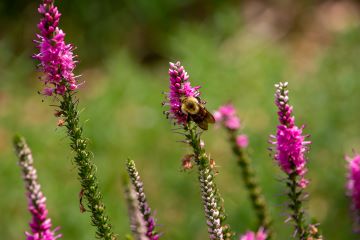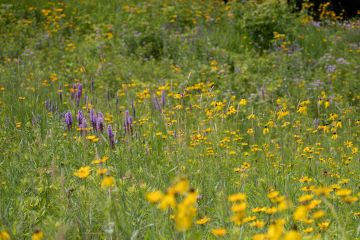As long as the grant applicant meets the grant eligibility requirements outlined in the RFP, the grant recipient can contract with others out of state. It will be important for you to explain how this work will benefit growers in Minnesota. Please also note that out of state travel is not covered under this grant. (please refer to pages 5-7 of the Developing Markets for Continuous Living Cover Grant RFP)
As long as the grant applicant meets the grant eligibility requirements outlined in the RFP, the grant recipient can contract with others out of state. It will be important for you to explain how this work will benefit growers in Minnesota. Please also note that out of state travel is not covered under this grant. (please refer to pages 5-7 of the Developing Markets for Continuous Living Cover Grant RFP)
No, land purchases are not an eligible expense.
No, land purchases are not an eligible expense.




